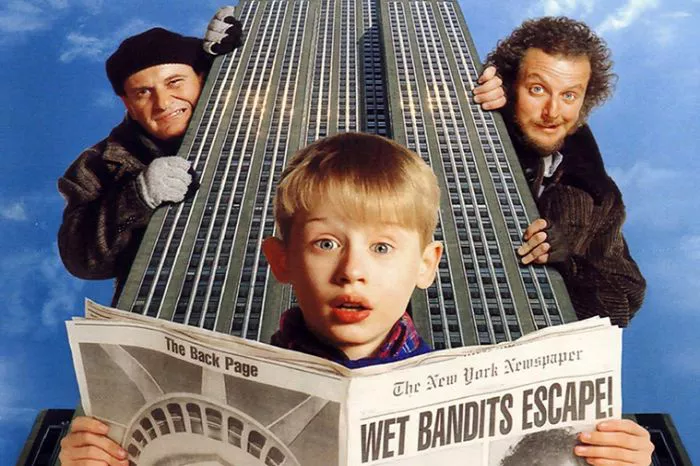The decision to move on from Kevin McCallister, the beloved protagonist of the “Home Alone” franchise, was influenced by several factors, including creative considerations, the passage of time, and the desire to explore new storytelling opportunities. Let’s delve into why Kevin McCallister was eventually phased out of the “Home Alone” series.
Creative Exhaustion
After the success of the first two “Home Alone” films, it’s possible that the creative team felt they had exhausted Kevin McCallister’s story arc. By the time “Home Alone 2: Lost in New York” was released in 1992, audiences had already witnessed Kevin’s adventures of being left behind by his family and outsmarting burglars twice. There may have been concerns that continuing to focus on Kevin in subsequent sequels would lead to diminishing returns creatively and commercially.
Desire for Fresh Ideas
Following the release of “Home Alone 2: Lost in New York,” there may have been a desire within the creative team to explore new characters and storylines within the “Home Alone” universe. While Kevin McCallister was undeniably a central and beloved character, there were opportunities to introduce new protagonists and scenarios that could rejuvenate the franchise and appeal to audiences in fresh ways.
Aging of the Actor
One practical consideration in moving on from Kevin McCallister may have been the aging of Macaulay Culkin, the actor who portrayed him. Culkin was a child star when he first took on the role of Kevin in the original “Home Alone,” but as he grew older, it became increasingly challenging to maintain the innocence and charm that defined the character. By the time Culkin reached adolescence, it may have been more difficult to convincingly portray Kevin as the same precocious and resourceful child audiences had come to know and love.
Evolution of the Franchise
As the “Home Alone” franchise evolved, there was an opportunity to explore different settings, characters, and storylines beyond the confines of the McCallister family. Subsequent installments, such as “Home Alone 3” and “Home Alone 4: Taking Back the House,” introduced new protagonists facing their own unique challenges and adversaries. While these films may not have achieved the same level of critical acclaim as the original entries, they allowed the franchise to expand its universe and appeal to new audiences.
Audience Expectations
Over time, audience expectations and tastes may have shifted, influencing the decision to move away from Kevin McCallister as the central character. While Kevin’s adventures resonated with audiences in the early 1990s, there may have been a desire to explore different types of stories and characters that reflected changing cultural trends and audience preferences.
Reimagining the Franchise
In recent years, there have been discussions about reimagining the “Home Alone” franchise for contemporary audiences. This has led to the development of projects such as the 2021 reboot “Home Sweet Home Alone,” which features a new cast of characters and modern twists on the classic premise. While Kevin McCallister may not be the focal point of these reimagined projects, his legacy as the original hero of the franchise continues to influence and inspire new iterations of the “Home Alone” story.
Conclusion
In conclusion, the decision to move on from Kevin McCallister as the central character of the “Home Alone” franchise was influenced by a variety of factors, including creative considerations, the passage of time, and the desire to explore new storytelling opportunities. While Kevin remains a beloved icon of 90s cinema, his legacy lives on in the hearts of fans worldwide, even as the franchise continues to evolve and adapt to new audiences and storytelling trends.
Related Topics:
The Magic of “Home Alone”: A Special Classic
Is Home Alone actually a Christmas Movie?
Main Character in the Story of Home Alone

